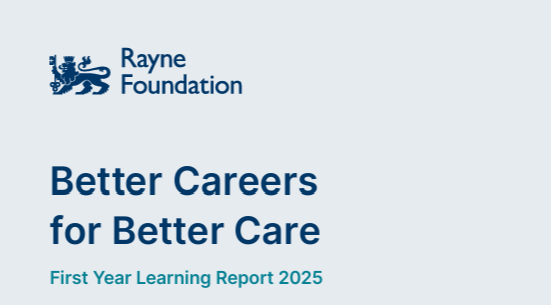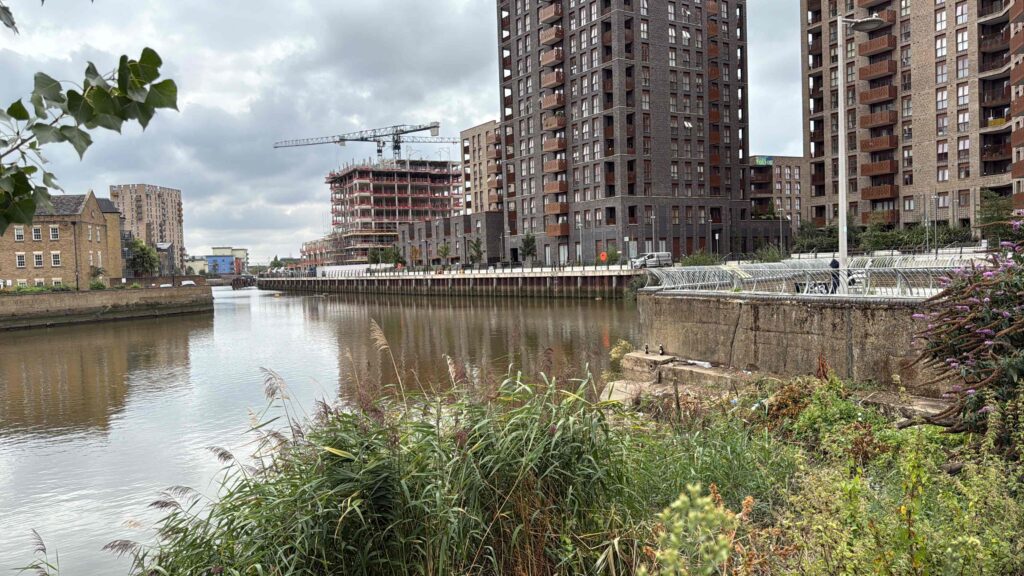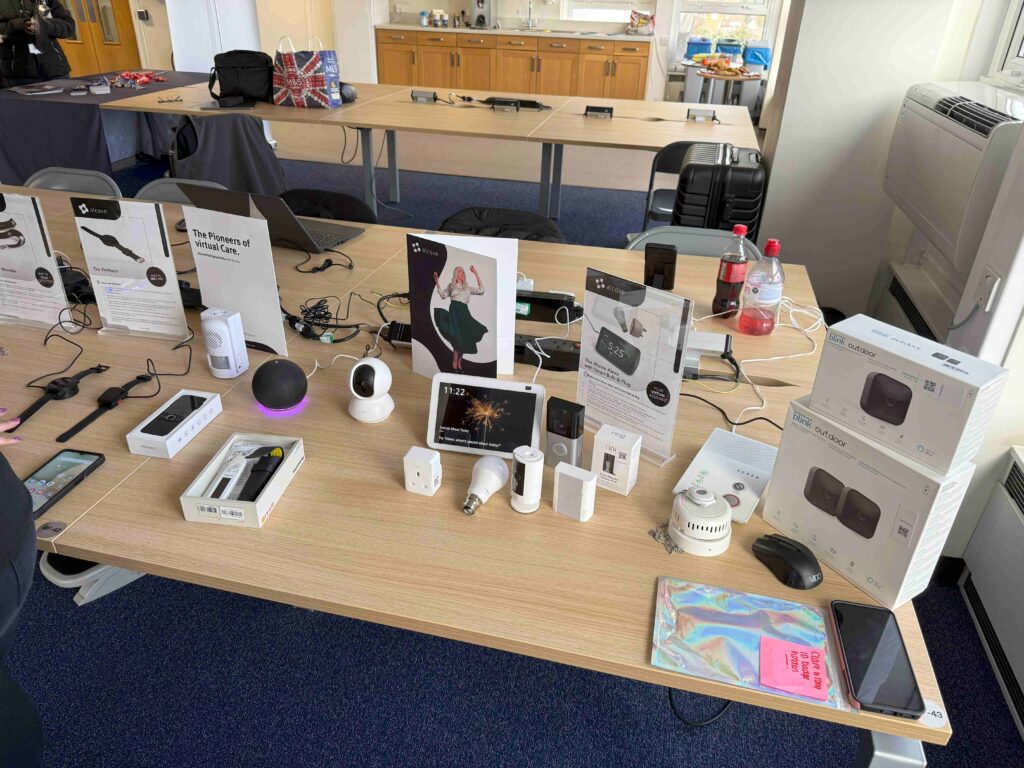Learning from Care City: Florrie, our Intern’s Journey into Community, Connection and Innovation
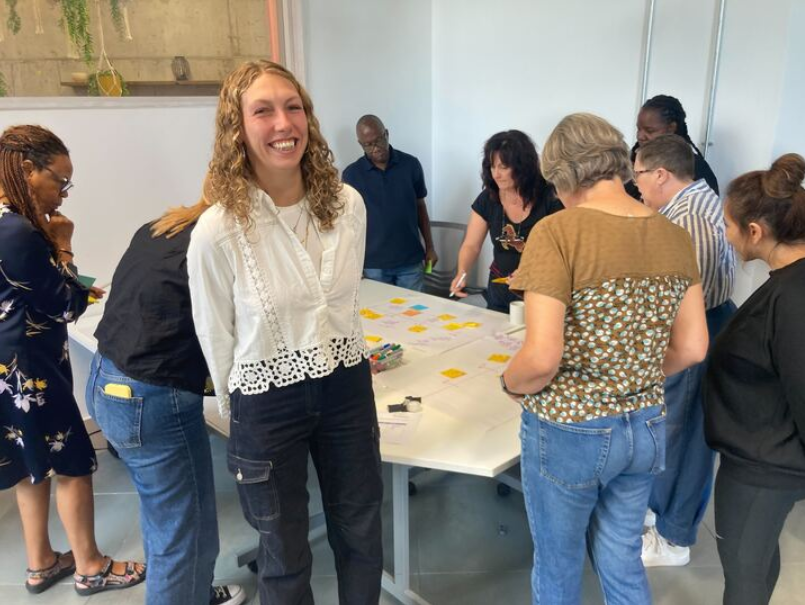
During her five-week internship, Florrie explored how Care City’s Connect project builds stronger, more connected communities and discovered lessons she’ll carry far beyond graduation.
For my internship this year I wanted to try and find a placement that would give me a test run at the kinds of spaces that I’m hoping to find myself in post graduation. Having focused my studies towards healthcare, prisons, justice and the caring industries, I have a keen interest in public policy and systems, however my preferred lens is on the other eye – what can we learn from individual experience to inform the structures we live within, how can we best support those voices to be heard and are the most marginalised voices getting through?
After speaking with Care City and understanding their commitment to values and power sharing, their wide reaching perspective and their innovative approaches to Health and Social Care, I knew they were what I was looking for, covering both the types of complex problems that most get my brain ticking and approaching them with the same perspective and tools that align with my own experiences.
Connect is exactly the kind of project that demonstrates everything I wanted to explore. People focused work that takes a specific issue and broadens the perspective to understand from a human, experiential space. The project aims to build stronger communities in Barking and Dagenham and reduce social isolation. Not only by hearing from the most isolated to understand what their experience is, but also walking alongside them to rebuild connections and overcome challenges. Simultaneously also working with existing communities and public services to learn from and respond to these challenges, gives a full system, human centric approach that pinpoints the pinch points and acknowledges that experiences are often both exceptionally personal and inherently systemic.
Having spent time working within the charity sector it took me a while to get my head around the focus on community rather than services within Connect. Even though my previous experience had been broadly focused on the same drive – building individual and community capability to thrive – the way this is thought about within Connect was much more explicit and yet more organic.
The development of community infrastructure that I saw during my internship had autonomy at its heart – the aim is to find moments and connections that can exist outside of intervention, meaning that more often than not they take on shapes and forms as different as each person involved. By maintaining wide aims of ‘increasing social connection’, the ways that this can happen are more diverse but much stronger for it.
In typical service delivery of signposting and referrals, there are a limited number of directions any one individual is likely to move in, and closure or changes in one service can have a domino effect of spiralling consequences for individuals and communities affected by it.
Over the course of my internship I was able to take a deep dive into how Connect works at its bones, and explore the relationship between individuals, communities and services that it is built on, all while trying to figure out how it works and where else this style of working could be effective. This blueprint that I found at the heart of Connect is the ‘Community Innovation Partnership’ model. I hope that not only will this blueprint help to show other people how Connect works, and to be inspired by it, but that it may also help to hone the understanding of the project and pool energy internally.
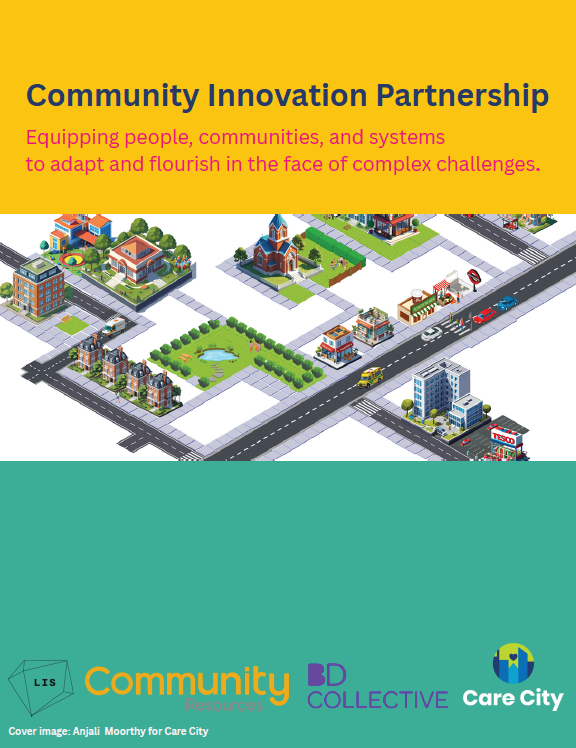
In an ideal world, residents would see the blueprint and recognise the inherent value of their community and the amazing things it can do when everyone has someone to connect to. For Care City, and the BD Collective who have been instrumental in developing the ways of working that Connect relies on, I hope that this can be a useful guide to continuing their collaboration with communities and services to tackle the challenges they face and give even more space for iteration, learning and joy to be embedded in their work.
I split my time into 4 stages – initially I read as much as I could about the project and the wider context it sits within, I attended meetings and met with delivery partners to understand how they actually work together and embrace learning, and asked as many questions as I could to build a picture of the project.
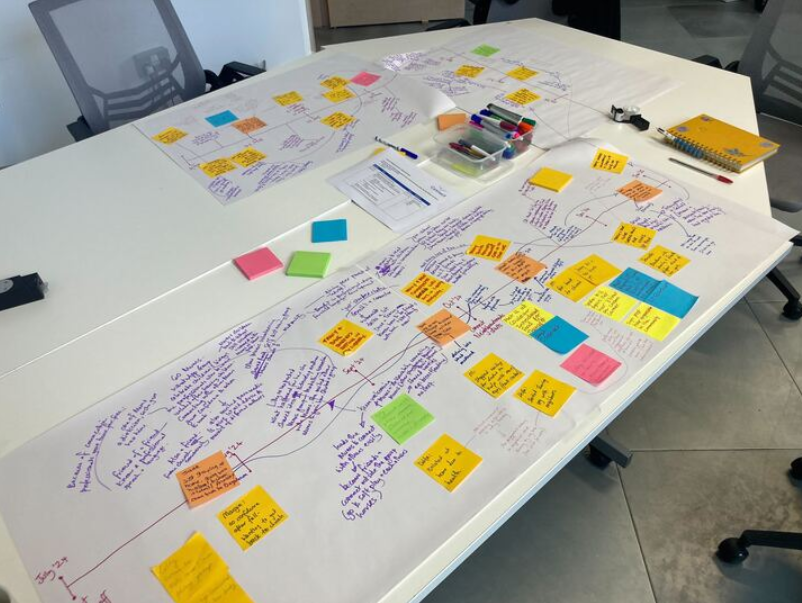
My next stage was filling in the gaps through interviews, and then drawing out what seemed to be the key stages and most important elements of the project. It was hard at this phase to narrow down all of the incredibly intricate decisions and processes that work in Connect to something more generic – when everyone cares so much about what they do and how they do it there are so many nuanced elements that make it what it is, but my aim was to leave space for different organisations and localities to be able to build out from the blueprint in a way that suited the context, locality and circumstances that they may be working within while still effectively building a high quality Community Innovation Partnership.
The third stage was for drawing up the blueprint and drafting the report, and in the fourth stage I focused on design, formatting and responding to feedback once I’d shared the draft with key Connect players to make sure they felt it was representative of the way they had worked and continue working.
The process was incredibly rewarding and gave me an opportunity to put into practice skills that I have been developing through my studies – stakeholder engagement, research practices, systems mapping and design thinking to name just a few. At the end of it, I have been able to demonstrate the three things I set out to; what a Community Innovation Partnership is (and how to do one), how that works in Connect and where else it could work just as well.
As an intern, and one only around for 5 weeks at that, I was delighted by how welcoming the team were, how keen they were to hear my perspective as an ‘outsider’ and how much trust and time was given to me to develop my work. Not only within the Care City team, but with partners and collaborators I was given the opportunity to interview, ask questions and connect that gave me a much broader perspective on the work they do than if I had just been kept internal.
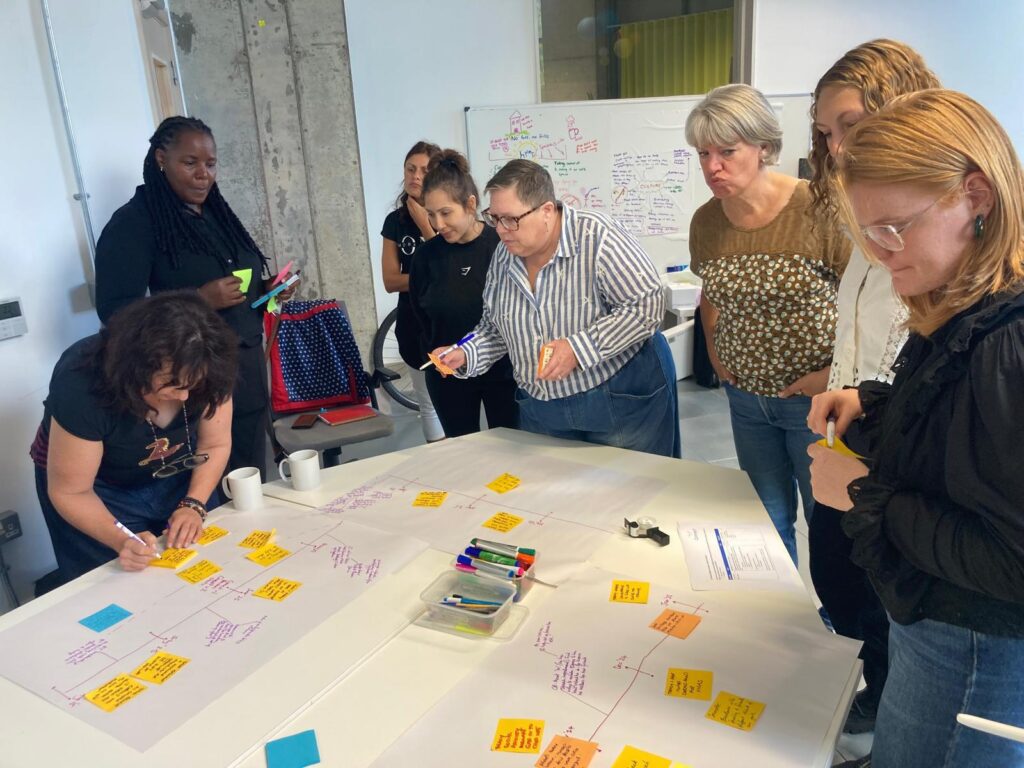
As well as working closely throughout with Emily Brook and Michael Roberts on everything Connect, and being immeasurably impressed with the experience and expertise they both bring to their roles, I also worked with Elspeth Paisley of Community Resources to help facilitate learning workshops, I spoke with SIGNAL CEO Rob Webb to find out more about how organisations can use tools to support holistic work, and I got to attend steering committees with broader partners from within Barking & Dagenham council to understand how the work of Connect (and Care City) fits within the local area and the types of challenges they face in integrating new ways of working. I also had the pleasure of working alongside Anjali Moorthy, the in house service design whizz, to think about how to tell the story of Connect by placing it within a nostalgic Sims style townscape.
Spending time in the office, or coworking together out in the community, I had a chance to see how the team develops and thinks as a collective and what they prioritise within their working schedules. The value wasn’t only in learning about the things that Care City works on, but the way each person works. Whether that was Pia Barna teaching me the Pomodoro technique or Mags Kalaugher helping me to develop my understanding of what it means to be someone who connects the dots.
Every Monday morning at 10am the whole team gets together to just chat about their weekends and see how everyone’s doing – this small bit of time sets the tone for the whole week, you feel connected and in touch, starting the week right. Every other Wednesday there’s also workshops and learning sessions for everyone to take part in, which brings a sense of community despite everyone often working on very separate projects! Talking through the mechanisms of Care City in these workshops gave me a chance not only to understand how the organisation works (workshops varied from pay and progression, regenerative leadership, and home care technologies to the dream office environment) but also gave me a psychological break from the project I was working on and meant I returned to it with refreshed ideas.
I was really impressed by how small the team is, and yet how much they manage to achieve. Care City embraces non hierarchy in a way that enables everyone to play to their strengths and challenge themselves and each other so that innovation is always at the forefront of what they do. Taking this experience back to my last year of studies, I feel confident that my perspective has been broadened, my skills have been sharpened and my assumptions have been challenged – what else could an intern ask for?
To finish off the summer before the new academic year I’ve got so many new interest areas to explore and a stack of books to explore in – from understanding the power of communities in public participation to the philosophy of care. I look forward to watching the brilliant work that Care City does and trying to incorporate their aims, ethos and ways of working into my own practices.

